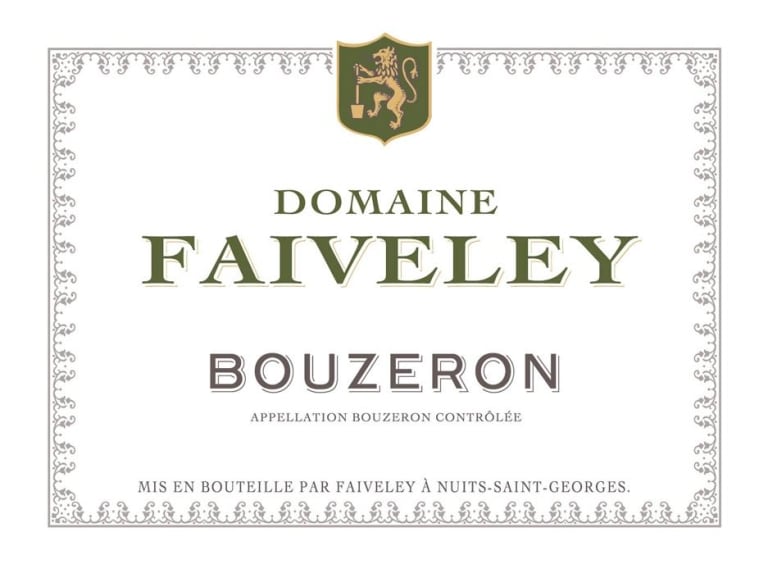There’s a new dirty word emerging in the world of wine. Quaffable. Meaning simple and easy to drink. I’ve noticed that, when it comes to wine connosieurs, this word is increasingly used to shrug off a wine’s respectability. Sure, one could drink it, but why would one waste their time on a mere quaf with so many grand crus and first growths to discover? Besides the obvious monetary reasons, like choosing rent over a thousand dollar Bordeaux, I wish grapes such as aligote would stop being dismissed as merely drinkable when they can be celebrated for the wonders they are.
The primary grapes of Burgundy France are pinot noir and chardonnay, produced to vary high esteem. The other two grapes grown are gamay and aligote (and a teeny tiny bit of sauvignon blanc in St. Bris), often treated as field grapes. Aligote’s first claim to fame was in creation of the kir. No, not the kir royale, which is made with bubbly and came after, but the simple kir, a delightful mix of aligote and creme de cassis. Sure, aligote was first mixed with cassis due to its high acidity and relatively unassuming, crisp nature, but today aligotes can carry much more weight. Oh, and the kir is still a delicious apertif (fancy word for pre dinner drink).
Kir
- 5 ounces aligote
- 1/4 ounce creme de cassis

In celebration of my 2015 Domaine Faively Bouzeron, Bouzeron being the only appellation in Burgundy aligated solely to aligote, I had, of course, to first make a kir. The ever so slightly sweet cassis liquor mingled perfectly with the freshness of wine and really did get my palate ready for more!
For dinner, I decided to pair my aligote with stewed cod in a coconut cream sauce. The cool, crispness of this wine (look for an aligote aged in stainless steal not oak) matched perfectly with light, flaky cod. Aligote generally doesn’t have a lot of fruitiness so, at first on the palate, I got a hint of fresh lemon which went great with the fish as well as the vegetables in the dish. The minerality and acidity balanced the richness of the coconut cream sauce, causing the flavor to pop even more. As I continued eating, the food started to enhance aligote’s herbacious and floral notes, as well as coax out some yellow apple and tart white peach. I absolutely loved this pairing, and it’s quickly become one of my new favorites.
I cannot say enough about my experience with aligote, especially this one by Domaine Faively (I got mine off of wine.com). The alcohol is on the lower end at 13%, making it great to sip while preparing dinner, or as a welcome glass of wine for guests. In my opinion, wine can’t always be big and bold. Sometimes it’s there to be supporting actor to the lead star, food. So start using quaffable as a good word and pick up Burgundy’s other white grape today!


One thought on “Aligote: Burgundy’s Other White Grape”